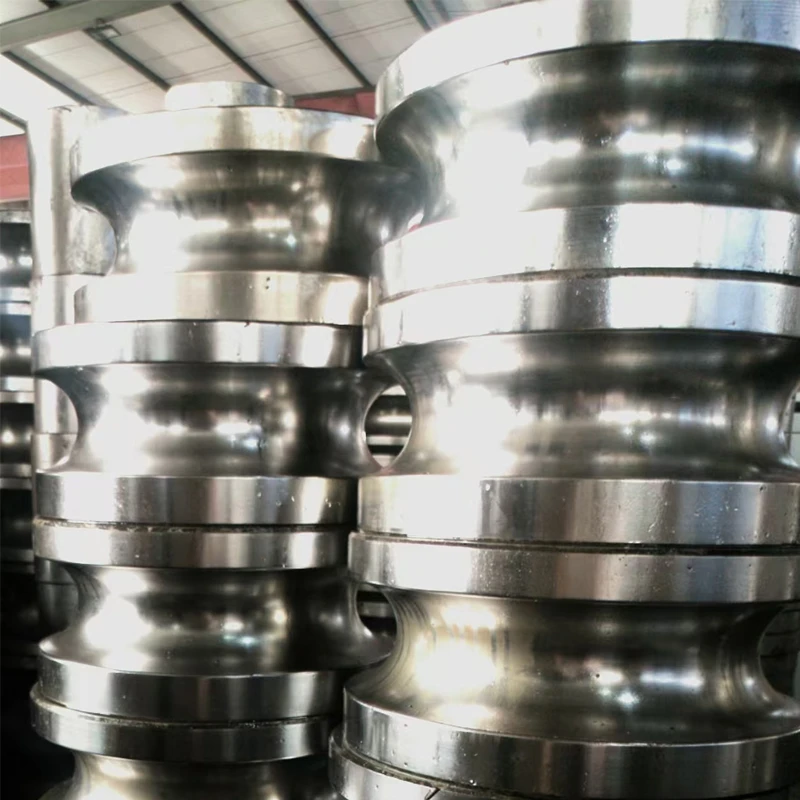shutter door machine
The Evolution and Importance of Shutter Door Machines
Shutter door machines have become an indispensable part of modern industrial and commercial facilities. As the demand for security, automation, and efficiency increases, the focus on developing advanced machinery to meet these needs has grown substantially. This article delves into the evolution, functionality, and benefits of shutter door machines, shedding light on their importance in today's fast-paced environment.
Understanding Shutter Door Machines
A shutter door machine is a specialized piece of equipment designed to manufacture rolling shutter doors. These doors are often seen in commercial establishments, warehouses, garages, and security-sensitive areas. Shutter door machines are engineered to produce metal shutters that offer high durability, excellent security, and convenient operation.
The working principle of these machines involves a series of processes, including slitting, forming, and cutting. The raw material, usually galvanized steel or aluminum, is fed into the machine, where it undergoes various transformations to create the required shutter profiles. The precision with which these machines operate is crucial, as it ensures that the produced doors fit perfectly and function seamlessly.
The Evolution of Shutter Door Machines
Historically, the production of shutter doors relied heavily on manual labor and rudimentary tools. Over time, advancements in technology have transformed this process. The introduction of automated shutter door machines allowed manufacturers to significantly increase production speed and efficiency. These machines are equipped with digital controls and advanced sensors, enabling them to operate with minimal human intervention.
Modern shutter door machines boast several features such as programmable logic controllers (PLCs) for enhanced accuracy and consistency. Innovations in materials science have also contributed to the development of lighter yet stronger shutters. Moreover, the shift towards eco-friendly manufacturing processes has led to the emergence of machines that can utilize recycled materials, aligning production practices with sustainability goals.
shutter door machine

Benefits of Using Shutter Door Machines
1. Enhanced Security One of the primary reasons businesses opt for shutter doors is the added security they provide. Shutter door machines produce robust doors that can withstand forced entry and adverse weather conditions. This is particularly crucial for retail shops and warehouses that need to protect their goods from theft or damage.
2. Energy Efficiency Insulated shutters manufactured by these machines help maintain temperature control within a building. This results in lower energy consumption for heating or cooling, providing cost savings in the long run.
3. Space Saving Rolling shutter doors offer significant space-saving advantages. When opened, they roll up neatly above the entrance, allowing for unobstructed access. This feature is especially beneficial in areas where space is limited.
4. Aesthetic Appeal Modern shutter door machines can produce a variety of designs and finishes, allowing businesses to choose options that complement their architectural style. Customization is a key factor in attracting customers and enhancing the overall appearance of a facility.
5. Automation and Convenience With the rise of smart technology, many shutter doors can now be integrated with automation systems. This allows for remote operation, giving users the convenience of controlling their doors from anywhere, enhancing security and ease of access.
Conclusion
Shutter door machines represent a significant leap forward in manufacturing technology, combining efficiency, security, and aesthetics. As businesses continue to prioritize safety and operational efficiency, the demand for quality shutter doors produced by advanced machines will undoubtedly rise. Investing in these machines not only meets contemporary security needs but also aligns with broader trends toward automation and sustainability. The evolution of shutter door machines is a clear indicator of how industries adapt and innovate to meet changing consumer demands and challenges.
-
High Frequency Straight Seam Welded Pipe Production Line-BzZhou Xinghua Machinery Equipment Manufacturing Co., LTD.|Precision Welding, High EfficiencyNewsJul.30,2025
-
High Frequency Straight Seam Welded Pipe Production Line|BzZhou Xinghua|Precision Welding&EfficiencyNewsJul.30,2025
-
High Frequency Straight Seam Welded Pipe Production Line - BzZhou Xinghua|Precision Engineering&EfficiencyNewsJul.30,2025
-
High-Frequency Straight Seam Welded Pipe Production Line-BzZhou Xinghua Machinery Equipment Manufacturing Co., LTD.NewsJul.30,2025
-
High-Frequency Straight Seam Welded Pipe Production Line-BzZhou Xinghua Machinery Equipment Manufacturing Co., LTD.|Precision Manufacturing, High EfficiencyNewsJul.30,2025
-
High Frequency Straight Seam Welded Pipe Production Line-BzZhou Xinghua Machinery Equipment Manufacturing Co., LTD.|Precision Steel Pipe Manufacturing&Industrial EfficiencyNewsJul.29,2025


